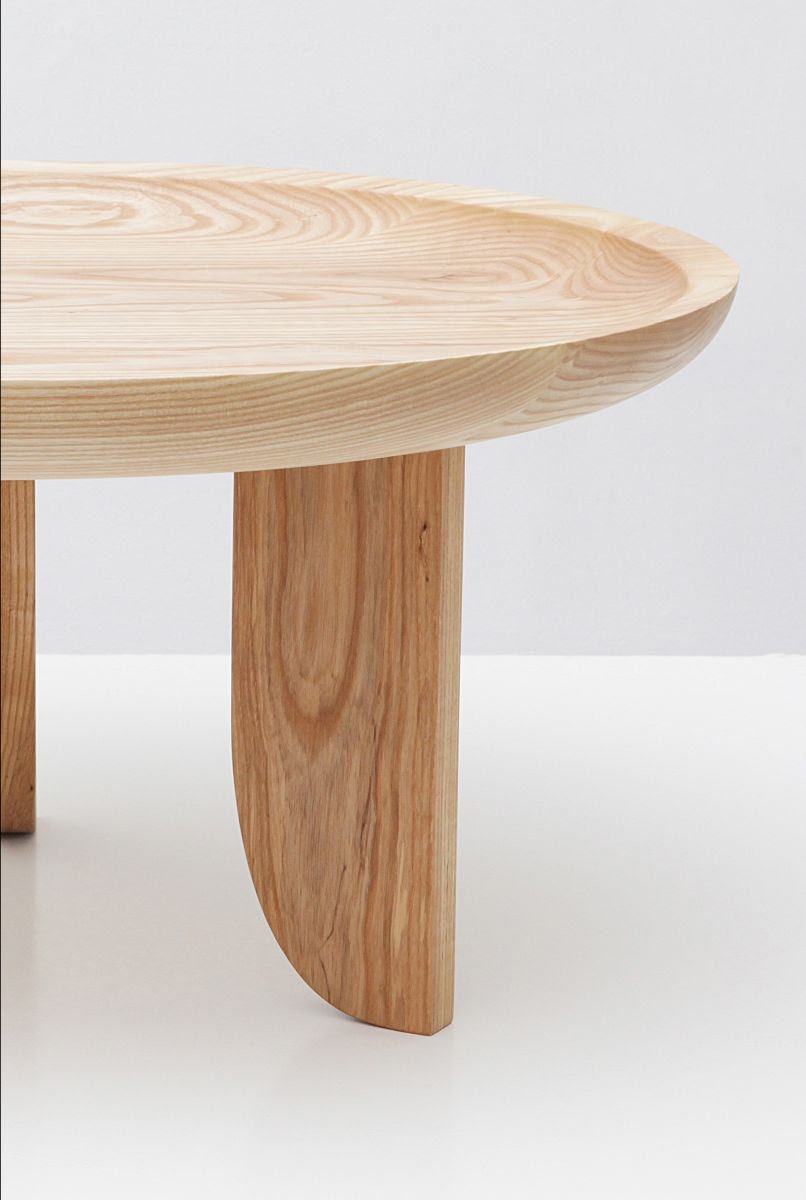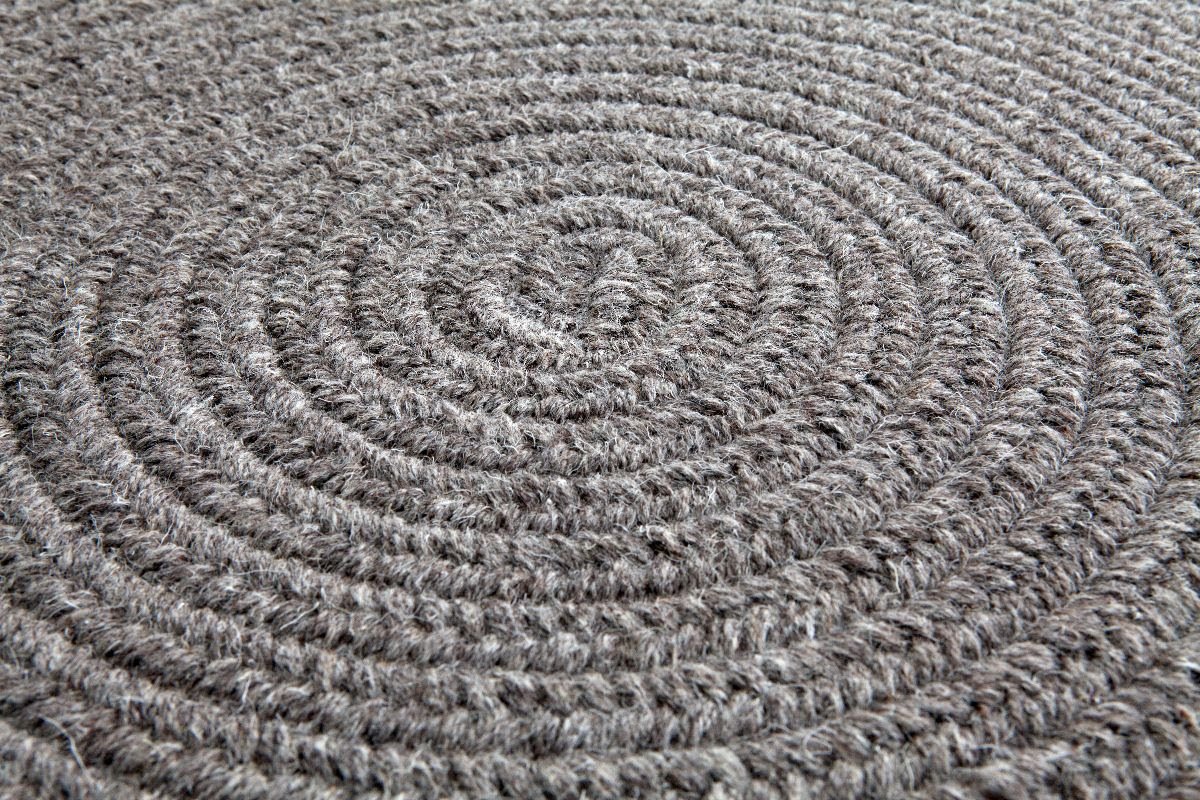Material Imagination
One benefit of being grounded at home has been spending more time exploring the land we inhabit. Living on an island in the present-day Pacific Northwest means hiking wooded trails and combing the shore for washed-up treasure. These are places we know well as they are the places of our childhood. As well as being our current home, they are the ancestral summer fishing grounds of the Suquamish and Salish Coast Tribes that inhabited them for centuries.
This past spring, in an effort to keep up with our kids and their endless collections of sea glass and favorite rocks, we started collecting pottery shards. We wonder about these blue and white shards that find their way to this particular stretch of beach. Recently a piece washed up with the words “Buffalo Pottery 1914” and it took our imaginations with it. We could not help but be curious about the journey it took over a hundred years ago from upstate New York to the shores of the Salish Sea.
This little shard drove us to check out a stack of books on island history as well as almost place some late-night Ebay bids. It also made us think more deeply about materiality - the way some materials last and age and become more valuable over time. Being a family of amateur beachcombers, we also pick up a lot of trash while looking for treasure. Heaps more. Why is it that a piece of plastic zip tie or chunk of polystyrene leaves us with dread instead of inspiring us to learn more?
We think about the work that we make and the materials we use in relation to these finds now. What are the seven generations of our furniture and objects? We hope that they are loved and used and passed down, but at the end of their desired or useful life, how will they wash up? Will they be trash or treasure? Or maybe they won't wash up at all, but be reused as parts for something new.
For this reason, it is important to us that we work with high-quality materials in their natural state and finish them with non-toxic plant-based oil and wax finishes. Our FSC certified ash can be repaired, refinished, cut and reused, burned for heat, even chipped and composted.
Our woven cotton textiles can also be repaired, reused, cut and composted. By not using chemical dyes, treatments, or backings, they are well suited for safe decomposition. Our lighting is designed so that components can come apart to be repaired or replaced over time. Glass (with the exception of mirrored glass) and metal can also be reused or recycled.
Our braided rugs are more challenging, but something we are thinking a lot about. Even though their natural undyed wool is compostable, separating the fibers from the braids is too labor-intensive for an at-home compost project.
Life cycle analysis is something we should all consider. We are hopeful that it will become more commonplace as our collective awareness around making and consuming deepens. Along with pottery shards and local history, we’ve been recently inspired by the concepts of Doughnut Economics. Now we are envisioning a future where everything from individual products to whole buildings systems might one day come with material passports. These passports would take stock of each material component used and layout plans for how they can live on beyond a single-use.
In this imagined future where materials are truly valued, we see more opportunities to share within our communities as well as repair shops for everything in every neighborhood. It will be a future where we live within our planetary resources while making sure everyone has their health and safety needs met. We hope to see you all there soon!





